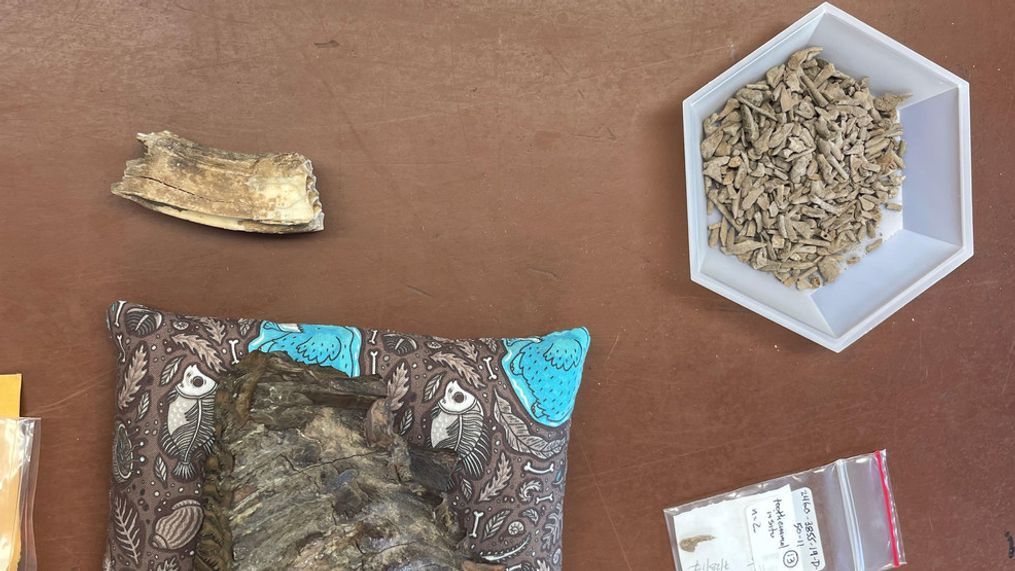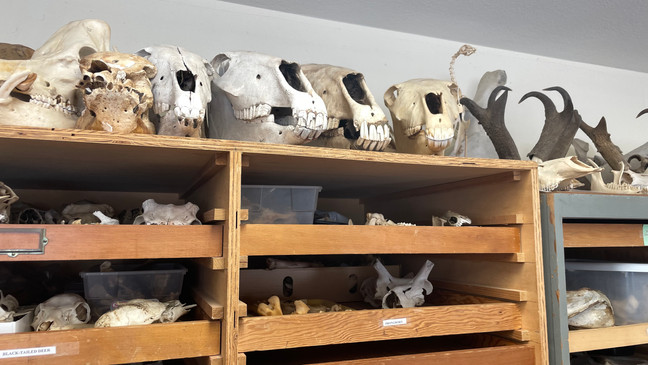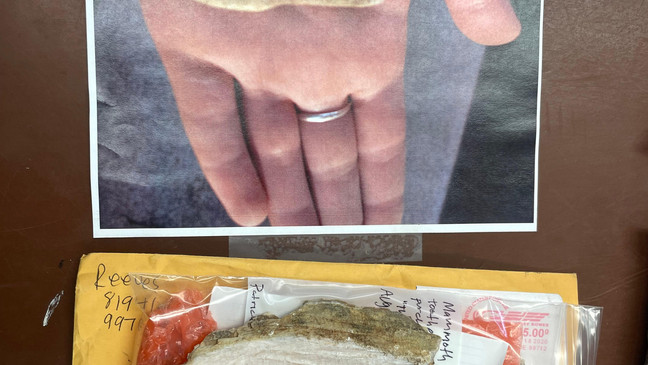University of Oregon archaeologists say new evidence suggests Oregon may be North America's oldest human occupation site
EUGENE, Ore. (KVAL) — Patrick O'Grady and other archaeologists at the University of Oregon have discovered new evidence suggesting that Oregon could be North America's oldest site of human occupation.
According to a new radiocarbon dating analysis, the site could have been lived in 18 thousand years ago.
If true, it would place human occupation of North America even earlier than archaeologists had thought, coming before the Clovis culture -- a prehistoric culture in the Americas noted for its bone and stone tools that dates back to around 13 thousand years ago.
O'Grady and his team began excavating the Rimrock Draw Rockshelter in Burns, Oregon, in 2011.
An orange agate tool discovered in 2012 was preserved under a layer of volcanic ash from Mount St. Helens eruption over 15,000 years ago.
They also found the remains of three different ice age animals, which O'Grady says is rare.
In 2012, we found this tooth enamel with this stone tool underneath, and so this is the one that tested positive for bison blood," O'Grady said. "But it was actually buried under camel tooth enamel.
"We have dated camel tooth enamel that tells a story about the association of extinct animals and people in Oregon 18 thousand years ago," he added.
Camels or camelops roamed around Oregon thousands of years ago and the reason they disappeared from North America is still up for debate.
Just last month, the team announced that this blood residue revealed animal proteins on a tool found in the rock shelter.
One stone was not from the area, suggesting it had been carried from a long distance and proving this was an area people passed through.
The team also would have expected to find more tools at the site had it been a more permanent home.
The discovery is teaching us about more than just our past.
It tells us about how people respond to climate changes over time and we're in one right now that we need all the help understanding that we can get," said O'Grady.
If we can better understand how people solved climate change thousands of years ago, it may help us in years to come.




